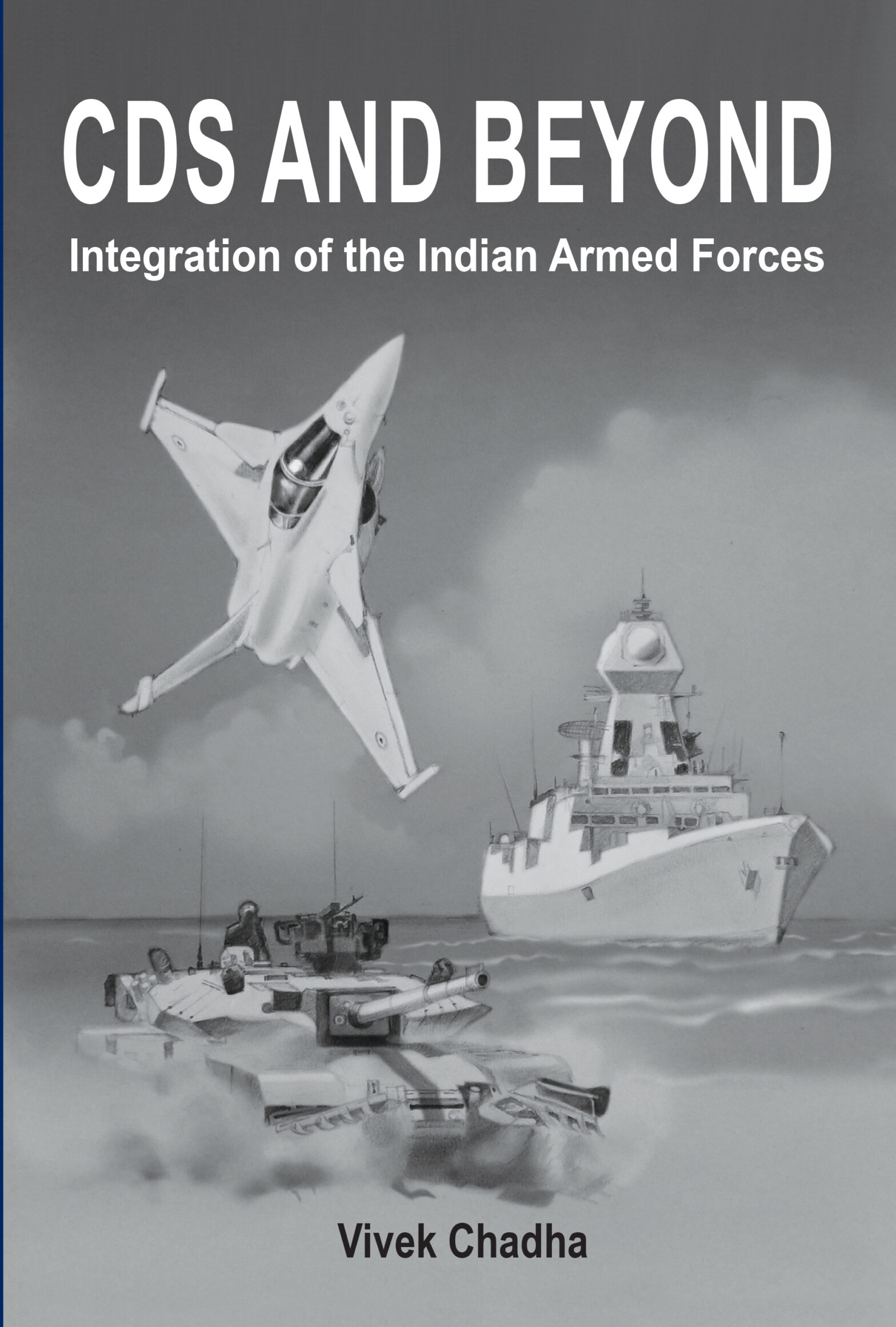Enhancing Self-Esteem of the Soldier
This paper attempts to address the increasing challenges faced by the Army -both individually for the soldier and collectively as an organization. It is an attempt to balance the soldier’s individual need for personal growth and development, optimizing his potential, as well as the military’s need for mission effectiveness.
- Samir Rawat
- April 2011








